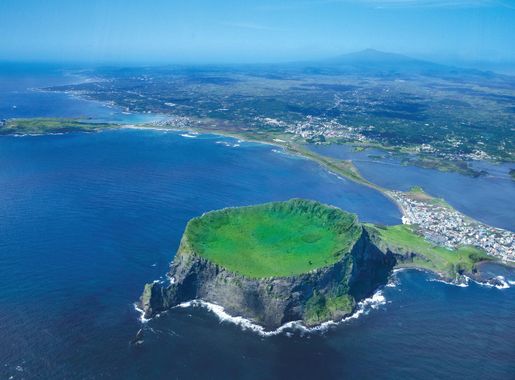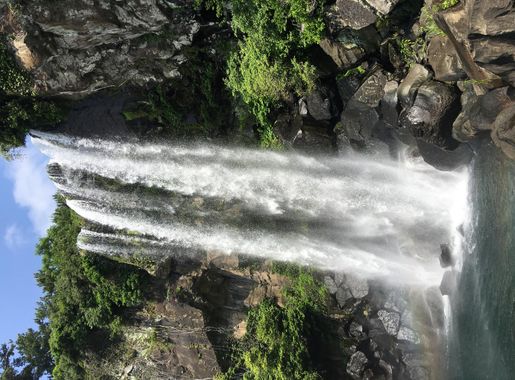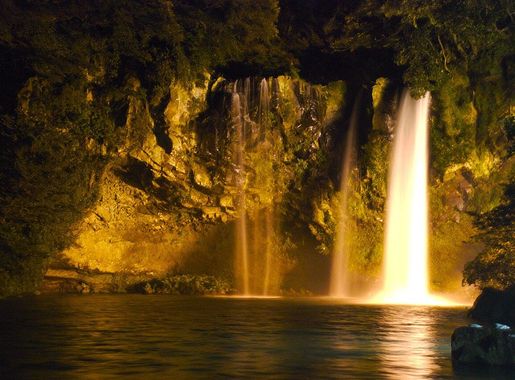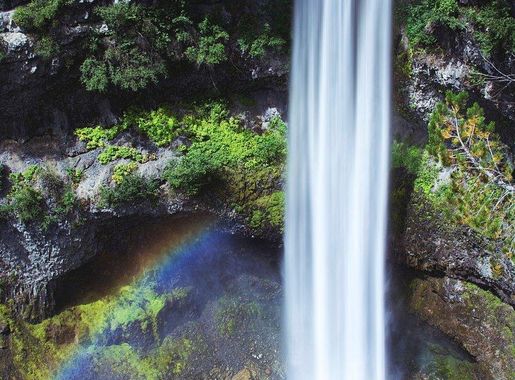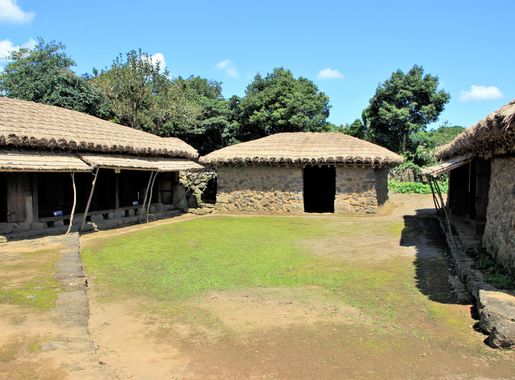
The Enchanting Coastal Haven of Seogwipo City
Discover Seogwipo City: A Coastal Gem on Jeju Island with Waterfalls, Markets, and Cultural Landmarks.
Seogwipo City, nestled on the southern coast of Jeju Island, is a picturesque destination that captivates visitors with its natural beauty and serene ambiance. Known for its stunning waterfalls, lush botanical gardens, and dramatic coastal cliffs, Seogwipo offers a perfect blend of adventure and relaxation. Whether you're exploring the vibrant marine life at Seogwipo's many diving spots or strolling through the quaint streets lined with local markets and cafes, this city has something for everyone. One of the must-visit attractions in Seogwipo is the Cheonjiyeon Waterfall. This majestic waterfall, surrounded by a verdant park, offers a tranquil retreat where you can listen to the soothing sounds of cascading water. Another highlight is the Jeongbang Waterfall, which uniquely plunges directly into the sea, creating a breathtaking sight. For those who love nature, a visit to the Seogwipo Maeil Olle Market is a treat. Here, you can sample fresh local produce and seafood, and experience the warm hospitality of the Jeju residents. Seogwipo is also home to several cultural landmarks such as the Oedolgae Rock and the Seongeup Folk Village, where you can delve into the island's rich history and traditions. The city serves as a gateway to the famous Hallasan Mountain, South Korea's highest peak, offering numerous hiking trails with panoramic views. As you explore Seogwipo, you will find a wealth of cozy guesthouses, luxury resorts, and charming cafes that make it an idyllic place to unwind and soak in the island's unique charm.
Local tips in Seogwipo City
- Visit Cheonjiyeon Waterfall in the evening to see it illuminated.
- Wear comfortable shoes for exploring the Olle walking trails.
- Try tangerines, a local specialty of Jeju Island.
- Use local buses for an economical way to travel around Seogwipo.
- Check the weather forecast before planning a hike up Hallasan Mountain.
The Enchanting Coastal Haven of Seogwipo City
Seogwipo City, nestled on the southern coast of Jeju Island, is a picturesque destination that captivates visitors with its natural beauty and serene ambiance. Known for its stunning waterfalls, lush botanical gardens, and dramatic coastal cliffs, Seogwipo offers a perfect blend of adventure and relaxation. Whether you're exploring the vibrant marine life at Seogwipo's many diving spots or strolling through the quaint streets lined with local markets and cafes, this city has something for everyone. One of the must-visit attractions in Seogwipo is the Cheonjiyeon Waterfall. This majestic waterfall, surrounded by a verdant park, offers a tranquil retreat where you can listen to the soothing sounds of cascading water. Another highlight is the Jeongbang Waterfall, which uniquely plunges directly into the sea, creating a breathtaking sight. For those who love nature, a visit to the Seogwipo Maeil Olle Market is a treat. Here, you can sample fresh local produce and seafood, and experience the warm hospitality of the Jeju residents. Seogwipo is also home to several cultural landmarks such as the Oedolgae Rock and the Seongeup Folk Village, where you can delve into the island's rich history and traditions. The city serves as a gateway to the famous Hallasan Mountain, South Korea's highest peak, offering numerous hiking trails with panoramic views. As you explore Seogwipo, you will find a wealth of cozy guesthouses, luxury resorts, and charming cafes that make it an idyllic place to unwind and soak in the island's unique charm.
Iconic landmarks you can’t miss
Seogwipo Olle Market
Experience the local flavors and vibrant culture at Seogwipo Olle Market, a must-visit destination in Jeju-do for every traveler.
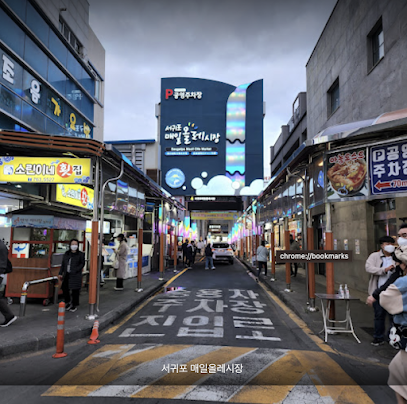
Jusangjeollidae
Explore the breathtaking volcanic rock formations of Jusangjeollidae on Jeju Island, a stunning natural attraction offering picturesque views and serene beauty.
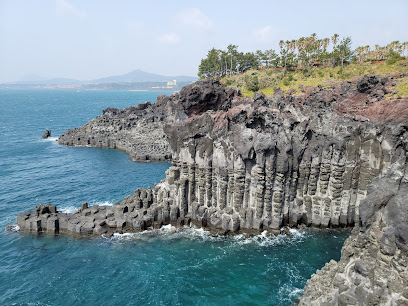
Jeju Folk Village
Experience the vibrant cultural heritage of Jeju Island at the Jeju Folk Village, where traditional Korean life comes alive through exhibits, performances, and scenic beauty.
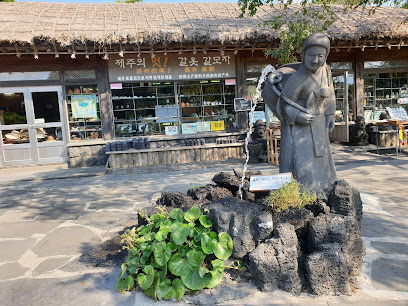
Alive Museum Jeju
Dive into a world of creativity at Alive Museum Jeju, where art comes to life through immersive 3D installations and unforgettable experiences.
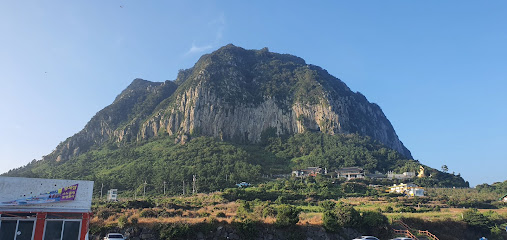
Lee Jung Seop Street
Discover the vibrant culture of Jeju at Lee Jung Seop Street, a hub of art, food, and local charm in Seogwipo-si.
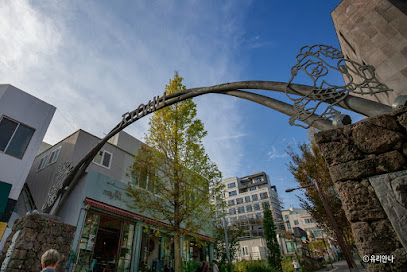
Boromwat
Explore the enchanting Boromwat Botanical Garden in Jeju-do, a serene escape filled with vibrant flora and peaceful pathways.
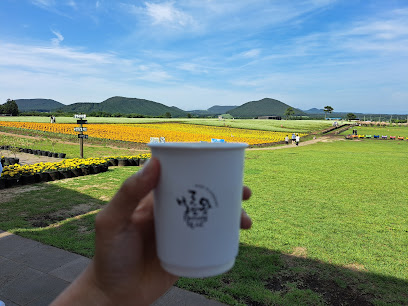
Seogwipo Forest of Healing
Experience the serene beauty of Seogwipo Forest of Healing, a peaceful national forest in Jeju, perfect for nature lovers and relaxation seekers.
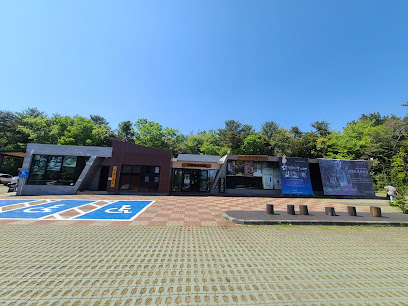
Saeseom Island Saeyeongyo Bridge
Explore the breathtaking Saeseom Island Saeyeongyo Bridge in Jeju-do, where stunning views and serene landscapes await every traveler.
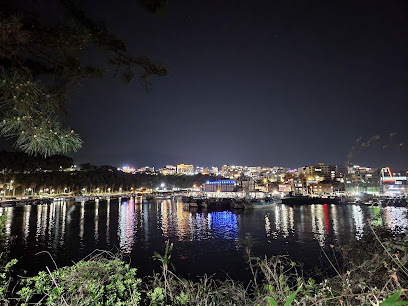
Jejigi Oreum
Explore the breathtaking views and family-friendly hiking trails of Jejigi Oreum in Jeju-do, a must-visit destination for nature lovers.
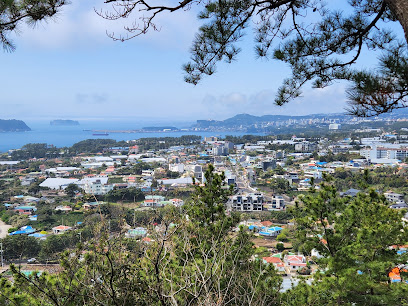
Seogwipo Tourist Port
Experience the vibrant Seogwipo Tourist Port on Jeju Island, a gateway to marine adventures, local cuisine, and stunning coastal views.
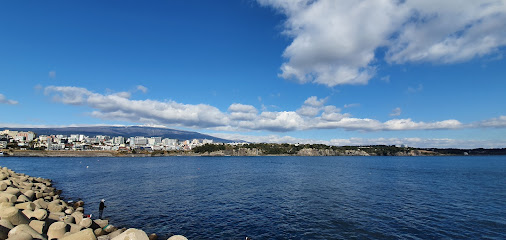
Unmissable attractions to see
Jusangjeollidae
Explore the breathtaking Jusangjeollidae Cliffs—nature's stunning hexagonal formations along Jeju Island's coast.

Cheonjiyeon Waterfalls
Discover the breathtaking beauty of Cheonjiyeon Waterfalls, a tranquil oasis in Jeju known for its stunning scenery and serene atmosphere.
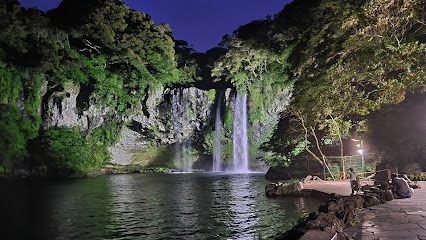
Cheonjeyeon Waterfalls
Explore the stunning three-tiered Cheonjeyeon Waterfalls in Jeju - a natural wonder surrounded by lush landscapes and rich biodiversity.
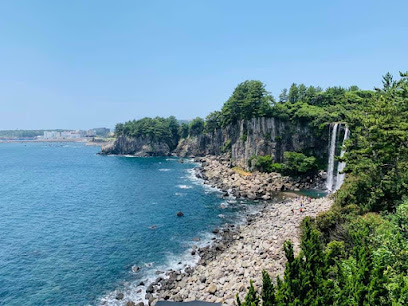
Jeju Folk Village
Discover Jeju's vibrant culture and history at the enchanting Jeju Folk Village, an open-air museum showcasing traditional Korean lifestyle.

Alive Museum Jeju
Discover the imaginative world of Alive Museum Jeju, where art comes alive through interactive 3D installations and unforgettable experiences.
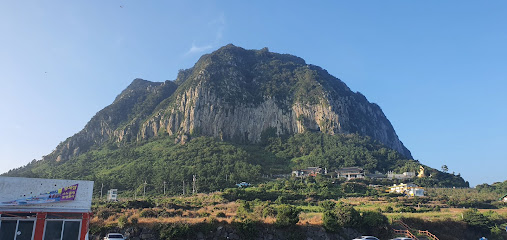
Lee Jung Seop Street
Explore Lee Jung Seop Street in Seogwipo-si, Jeju-do, where art meets culture amidst charming cafés and unique shops.
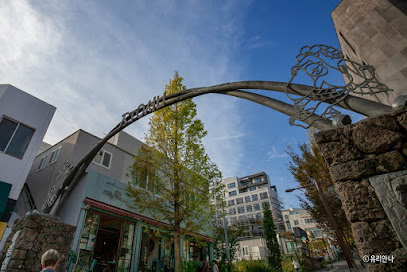
Yeomiji Botanical Garden
Discover the breathtaking beauty and tranquility of Yeomiji Botanical Garden in Jeju-do, a haven for nature lovers and a feast for the senses.
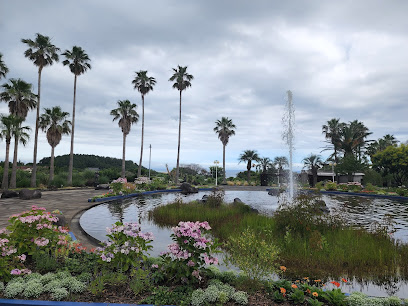
Seogwipo Forest of Healing
Discover tranquility at Seogwipo Forest of Healing, a serene national forest in Jeju, perfect for relaxation and rejuvenation amidst nature's beauty.
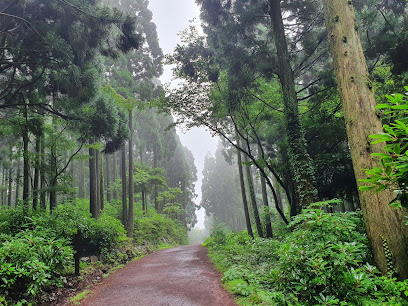
Shiri
Explore Shiri, a serene tourist attraction in Seogwipo-si, Jeju-do, where nature's beauty and tranquility await every visitor.
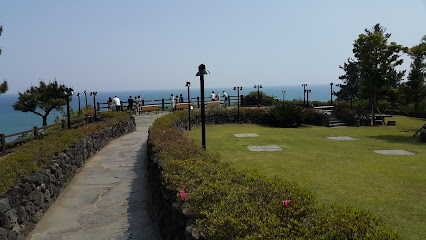
Sumdo
Explore the hidden gem of Sumdo in Jeju-do, a captivating tourist attraction offering stunning landscapes and rich cultural experiences.
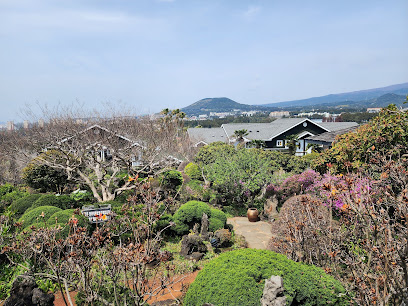
Essential places to dine
Gozip Dol Wooluck Jungmun
Experience exquisite seafood dining at Gozip Dol Wooluck Jungmun, where fresh flavors meet stunning ocean views in Jeju-do.

Twins Raw Fish Restaurant
Experience authentic seafood dining at Twins Raw Fish Restaurant in Seogwipo-si, Jeju-do - where freshness meets flavor.
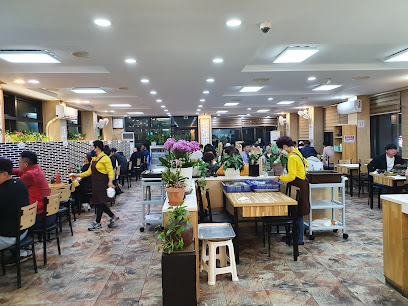
CHUNSHIM
Discover Chunshim: A premier fish restaurant in Seogwipo-si offering fresh seafood dishes that showcase Jeju's rich culinary heritage.
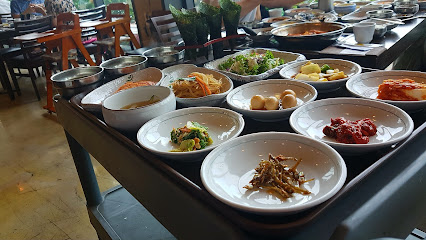
Negeori Restaurant
Discover Negeori Restaurant in Seogwipo-si: A seafood haven showcasing Jeju's freshest catches with breathtaking views and authentic Korean flavors.
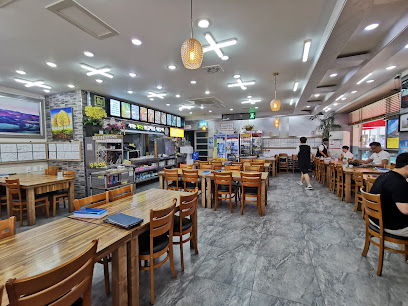
Zen Hideaway
Discover culinary excellence at Zen Hideaway, where nature meets gourmet dining on the picturesque island of Jeju-do.
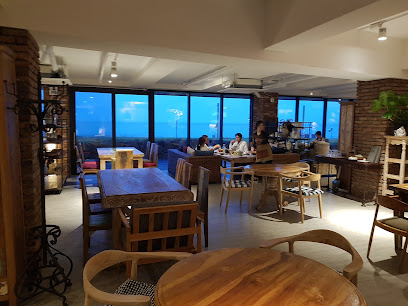
CheonJitGol
Indulge in authentic Korean cuisine at CheonJitGol in Seogwipo-si, where tradition meets taste amidst breathtaking Jeju landscapes.
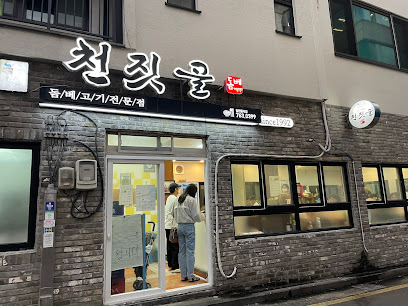
Jeju Island Grill
Experience the best of Jeju's black pork at Jeju Island Grill - a culinary delight in a cozy setting perfect for all food lovers.
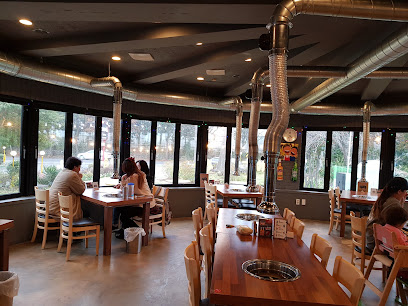
Narnia Restaurant
Experience exquisite Western cuisine in an enchanting atmosphere at Narnia Restaurant in Jeju-do.
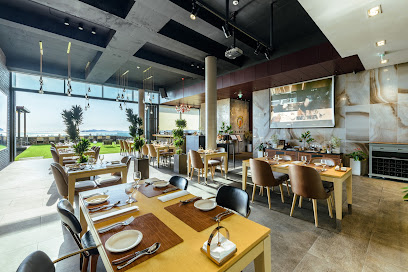
Duridoomby 두리둠비
Discover the heart of Korean cuisine at Duridoomby in Seogwipo-si—where tradition meets flavor on beautiful Jeju-do.
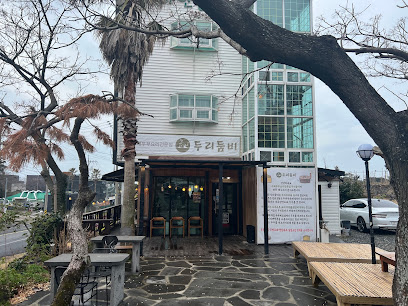
Boreumsup
Discover authentic black pork at Boreumsup in Seogwipo-si - a must-visit for food lovers exploring Jeju Island's culinary delights.
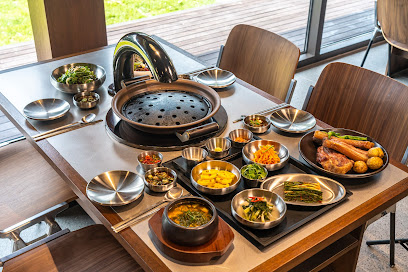
Markets, malls and hidden boutiques
Gift store Banana Jungmun
Explore Banana Jungmun, the ultimate gift shop in Jeju-do offering a unique blend of local crafts and souvenirs for every traveler.

Rainbow Jeju
Explore the vibrant offerings of Rainbow Jeju, your ultimate destination for unique souvenirs and local treasures in Seogwipo-si, Jeju-do.
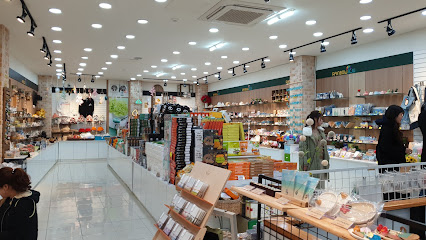
제주i(gifts&souvenirs)
Explore 제주i, the ultimate destination for unique gifts and souvenirs that capture the essence of Jeju Island's beauty and culture.

오월에제주소품샵
Discover the essence of Jeju-do at 오월에제주소품샵, your go-to gift shop for unique local crafts and memorable souvenirs.
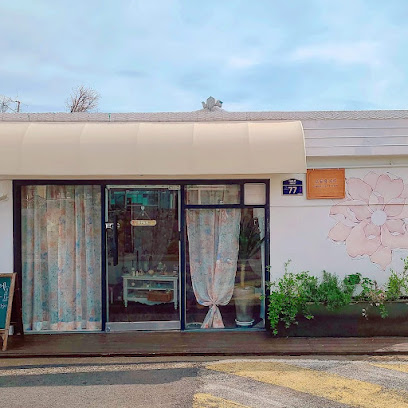
Musee Antique
Discover unique vintage treasures and exquisite furniture at Musee Antique, a charming shopping destination in Jeju-do.
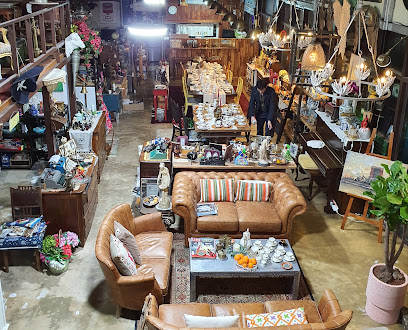
숨비아일랜드 샵
Explore unique souvenirs and local crafts at Sumbi Island Shop in Seogwipo-si, Jeju-do, capturing the essence of the island's culture.

제주감성소품
Discover the essence of Jeju at 제주감성소품, where unique souvenirs and local crafts await to enrich your travel experience.
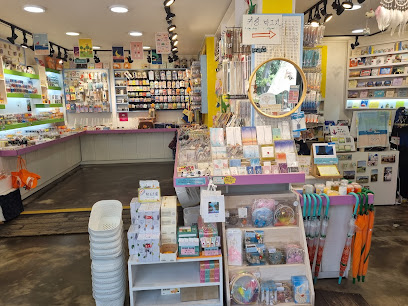
선물U
Discover unique gifts and local handicrafts at 선물U, the perfect shop for tourists in Seogwipo-si, Jeju-do.
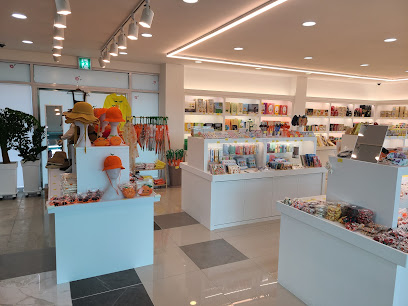
Jeju
Experience the enchanting landscapes and vibrant culture of Jeju, a South Korean island paradise known for its stunning natural beauty and unique shopping.

제주 시점 jeju sijeom
Explore Jeju Sijeom – a captivating souvenir store in Seogwipo-si, where local handicrafts and unique gifts await to enrich your travel experience.
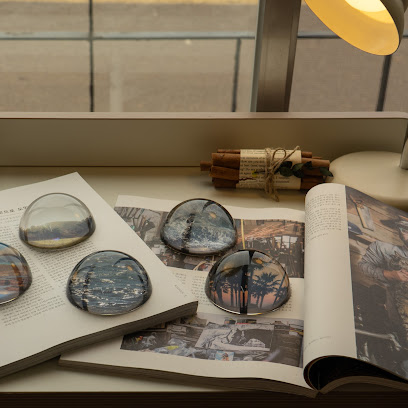
Essential bars & hidden hideouts
The Cliff
Discover The Cliff in Jeju Island, where stunning views meet exquisite dining at this upscale bar and restaurant.
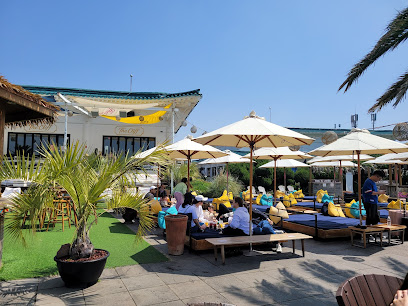
Jeju Beer Fountain Main branch
Discover the best of Jeju's local craft beers at Jeju Beer Fountain, a lively pub and brewery in Seogwipo with a vibrant atmosphere.
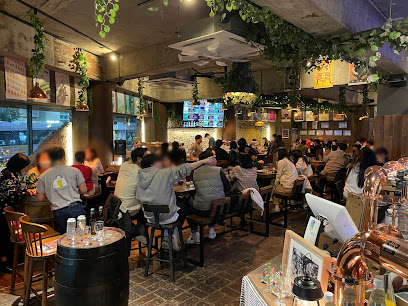
Jeju Beer Fountain Olle market
Indulge in the best of Korean craft beer at Jeju Beer Fountain Olle Market, where local flavors and a vibrant atmosphere unite.
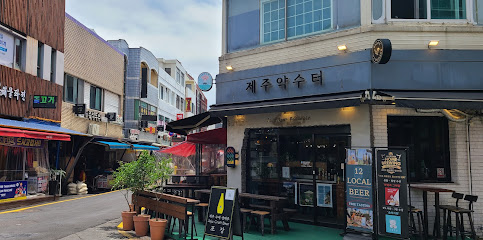
Cafe May-B
Experience the charm of Cafe May-B, a cozy bar in Seogwipo, Jeju-do, where local flavors and warm ambiance await.
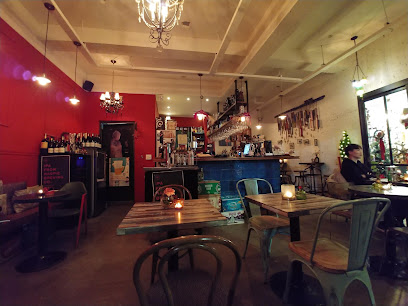
Jerry's Pub
Discover the vibrant nightlife of Jeju-do at Jerry's Pub, a lively bar offering great drinks and a welcoming atmosphere for all visitors.
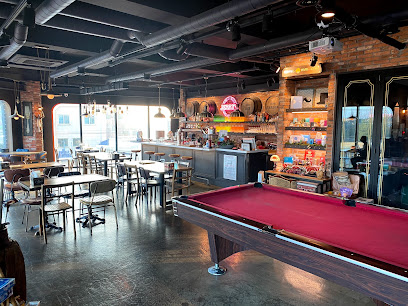
Tipsy Table
Experience the vibrant nightlife of Jeju-do at Tipsy Table, the ultimate pub for relaxation and socializing in Seogwipo.

Bar Musk - 바 머스크
Discover Bar Musk in Seogwipo, Jeju Island – a lively bar known for creative cocktails and a vibrant atmosphere perfect for nightlife enthusiasts.
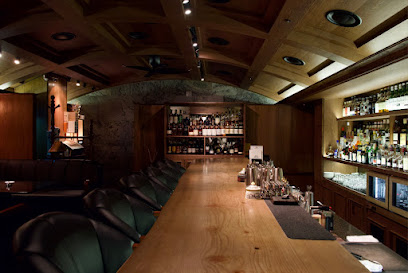
마시오름
Discover the vibrant nightlife of Jeju-do at 마시오름, where local flavors and a lively atmosphere await your arrival.
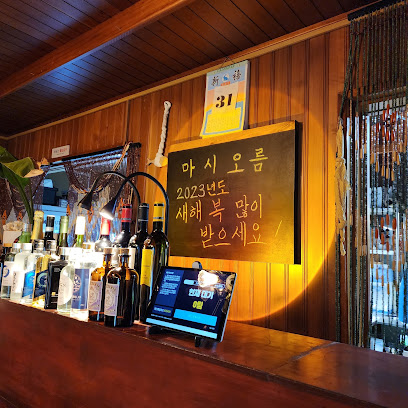
Monkey Beach
Discover the lively ambiance and delightful drinks at Monkey Beach, your go-to bar in Seogwipo-si, Jeju-do, for an unforgettable night out.
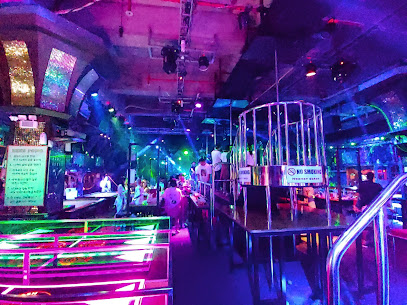
Biwon
Experience the vibrant nightlife of Jeju at Biwon, an unforgettable karaoke bar where music and joy come together in harmony.

Local Phrases
-
- Hello안녕하세요
[annyeonghaseyo] - Goodbye안녕히 가세요
[annyeonghi gaseyo] - Yes네
[ne] - No아니요
[aniyo] - Please/You're welcome부탁합니다/천만에요
[butakhamnida/cheonmaneyo] - Thank you감사합니다
[gamsahamnida] - Excuse me/Sorry죄송합니다
[joesonghamnida] - How are you?어떻게 지내세요?
[eotteoke jinaeseyo?] - Fine. And you?잘 지내요. 당신은요?
[jal jinaeyo. dangsineunyo?] - Do you speak English?영어 할 줄 아세요?
[yeongeo hal jul aseyo?] - I don't understand이해하지 못해요
[ihaehaji mothaeyo]
- Hello안녕하세요
-
- I'd like to see the menu, please메뉴를 보여주세요
[menyureul boyeojuseyo] - I don't eat meat고기를 먹지 않아요
[gogireul meokji anayo] - Cheers!건배!
[geonbae!] - I would like to pay, please결제하고 싶어요
[gyeoljehago sipeoyo]
- I'd like to see the menu, please메뉴를 보여주세요
-
- Help!도와주세요!
[dowajuseyo!] - Go away!가세요!
[gaseyo!] - Call the Police!경찰을 불러주세요!
[gyeongchareul bulleojuseyo!] - Call a doctor!의사를 불러주세요!
[uisareul bulleojuseyo!] - I'm lost길을 잃었어요
[gireul ilheosseoyo] - I'm ill아파요
[apayo]
- Help!도와주세요!
-
- I'd like to buy...구입하고 싶어요...
[guibhago sipeoyo...] - I'm just looking둘러보고 있어요
[dulleobogo isseoyo] - How much is it?얼마에요?
[eolmaeyo?] - That's too expensive너무 비싸요
[neomu bissayo] - Can you lower the price?가격을 내릴 수 있나요?
[gageoreul naeril su innayo?]
- I'd like to buy...구입하고 싶어요...
-
- What time is it?지금 몇 시에요?
[jigeum myeot sieyo?] - It's one o'clock한 시에요
[han sieyo] - Half past (10)열 시 반
[yeol si ban] - Morning아침
[achim] - Afternoon오후
[ohu] - Evening저녁
[jeonyeok] - Yesterday어제
[eoje] - Today오늘
[oneul] - Tomorrow내일
[naeil] - 1하나
[hana] - 2둘
[dul] - 3셋
[set] - 4넷
[net] - 5다섯
[daseot] - 6여섯
[yeoseot] - 7일곱
[ilgop] - 8여덟
[yeodeol] - 9아홉
[ahop] - 10열
[yeol]
- What time is it?지금 몇 시에요?
-
- Where's a/the...?어디에 있는 거예요...?
[eodie inneun geoyeyo...?] - What's the address?주소가 뭐에요?
[jusoga mwoeyo?] - Can you show me (on the map)?지도로 보여주실 수 있나요?
[jidoro boyeojusil su innayo?] - When's the next (bus)?다음 (버스)는 언제에요?
[daeum (beoseu)neun eonjeyo?] - A ticket (to ....)표 (....으로)
[pyo (....euro)]
- Where's a/the...?어디에 있는 거예요...?
History of Seogwipo City
-
Seogwipo City, located on the southern coast of Jeju Island, is shaped by its volcanic origins. The region's unique geological formation, including the iconic Hallasan Mountain, created fertile lands that attracted early settlers. Evidence of prehistoric habitation, including dolmens and stone tools, suggests that the area has been inhabited since the Neolithic period, with fishing and agriculture as primary livelihoods.
-
During the Joseon Dynasty (1392-1897), Seogwipo developed as a fishing hub due to its proximity to rich marine resources. The local economy thrived on fishing, and the establishment of local markets facilitated trade. The area became known for its haenyeo, or female divers, who skillfully harvested seafood, a practice that remains a cultural symbol today.
-
The early 20th century brought significant changes to Seogwipo under Japanese colonial rule (1910-1945). The Japanese established infrastructure improvements, including roads and railways, to facilitate resource extraction and tourism. This period saw the introduction of new agricultural practices, which had lasting impacts on the local economy and culture.
-
Following Korea's liberation in 1945, Seogwipo experienced rapid development. The establishment of the Jeju Special Self-Governing Province in 2006 further propelled its growth, promoting tourism and cultural heritage. Seogwipo became a major tourist destination, attracting visitors with its natural beauty, including waterfalls and scenic coastline, as well as cultural sites like the Seogwipo Maeil Olle Market.
-
Today, Seogwipo City is recognized for its rich cultural heritage and vibrant community. The annual Seogwipo Chilsung Festival celebrates local traditions and the haenyeo culture, highlighting the importance of these female divers to the region's identity. The blending of historical influences, natural beauty, and modern development continues to shape Seogwipo's unique character within Jeju Island.
Seogwipo City Essentials
-
Seogwipo City is easily accessible from Jeju City, located approximately 40 kilometers to the northwest. The most common ways to reach Seogwipo are by bus or taxi. The local Jeju City bus terminal offers numerous bus routes (e.g., Bus 600, 780) that connect to Seogwipo, with a travel time of about 60 to 90 minutes. Taxis are also available, providing a more direct and comfortable option, taking around 50 minutes depending on traffic.
-
Seogwipo City is well-connected by public transportation, including local buses that serve various attractions. The city is compact, making it suitable for walking, especially around the downtown area. For a more leisurely exploration, consider renting a bicycle, as there are dedicated bike paths along the coastline. Taxis are readily available for longer distances or when public transport is not convenient.
-
Seogwipo City is regarded as a safe destination for tourists, but standard precautions should still be observed. Avoid isolated areas at night and keep your belongings secure in crowded places. While there are no specific high-crime areas targeting tourists, it is advisable to stay vigilant, especially in busy markets or tourist hotspots.
-
In the event of an emergency, dial 112 for police assistance or 119 for fire and medical emergencies. The nearest hospital is Seogwipo Medical Center, which provides 24-hour services. It is also recommended to have travel insurance that covers medical emergencies. For minor health issues, local pharmacies can provide over-the-counter medications.
-
Fashion: Do dress modestly, especially when visiting temples or natural sites; avoid overly revealing clothing. Religion: Do respect local customs—take off your shoes when entering temples, and don't disturb worshippers. Public Transport: Do be courteous to others; offer your seat to the elderly. Don't eat or drink on public buses. Greetings: Do greet locals with a friendly smile and a bow; a handshake is also acceptable. Eating & Drinking: Do try local specialties like black pork and fresh seafood; don’t waste food, as it is considered disrespectful.
-
To experience Seogwipo like a local, visit the traditional markets such as Seogwipo Maeil Olle Market for fresh produce and local delicacies. Engage with local residents who are often welcoming and eager to share insights about their culture. Don’t miss natural attractions like Cheonjiyeon Waterfall and the scenic Olle Trails, which offer beautiful hiking opportunities. Take advantage of local festivals to immerse yourself in Jeju’s cultural heritage.
Nearby Cities to Seogwipo City
-
Things To Do in Mokpo
-
Things To Do in Suncheon
-
Things To Do in Gwangju
-
Things To Do in Jeonju
-
Things To Do in Busan
-
Things To Do in Daegu
-
Things To Do in Daejeon
-
Things To Do in Ulsan
-
Things To Do in Fukuoka
-
Things To Do in Gyeongju
-
Things To Do in Pohang
-
Things To Do in Andong
-
Things To Do in Suwon
-
Things To Do in Incheon
-
Things To Do in Seoul

